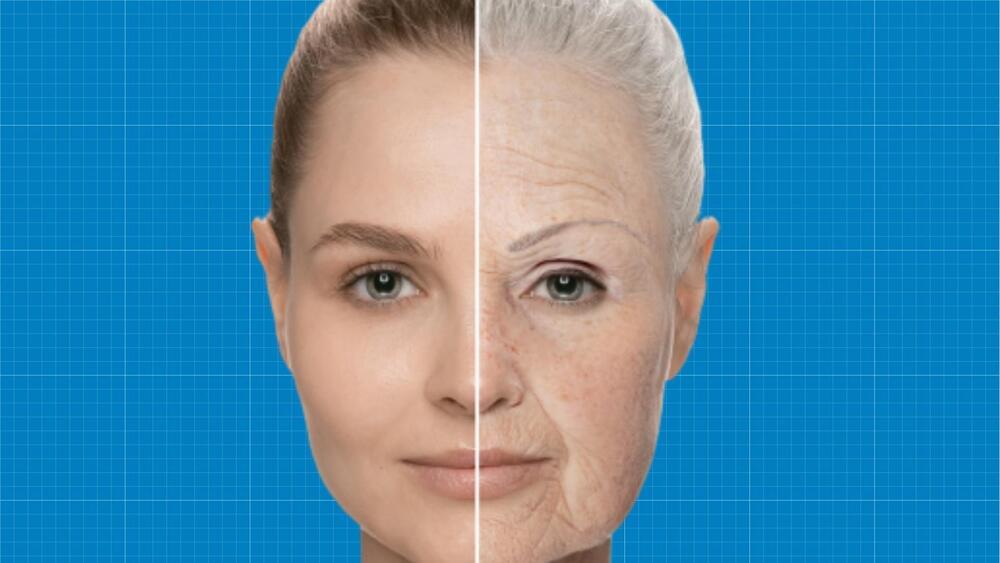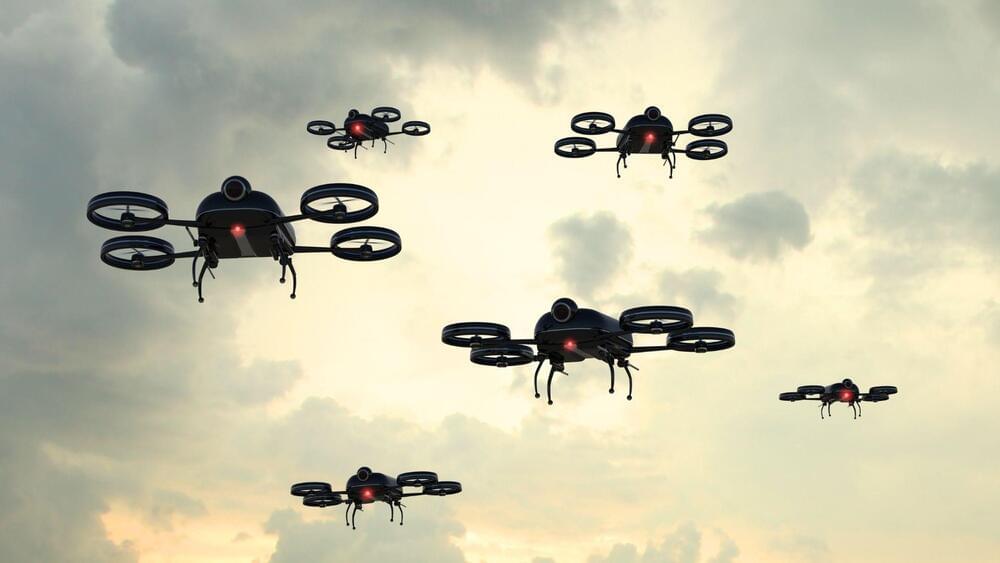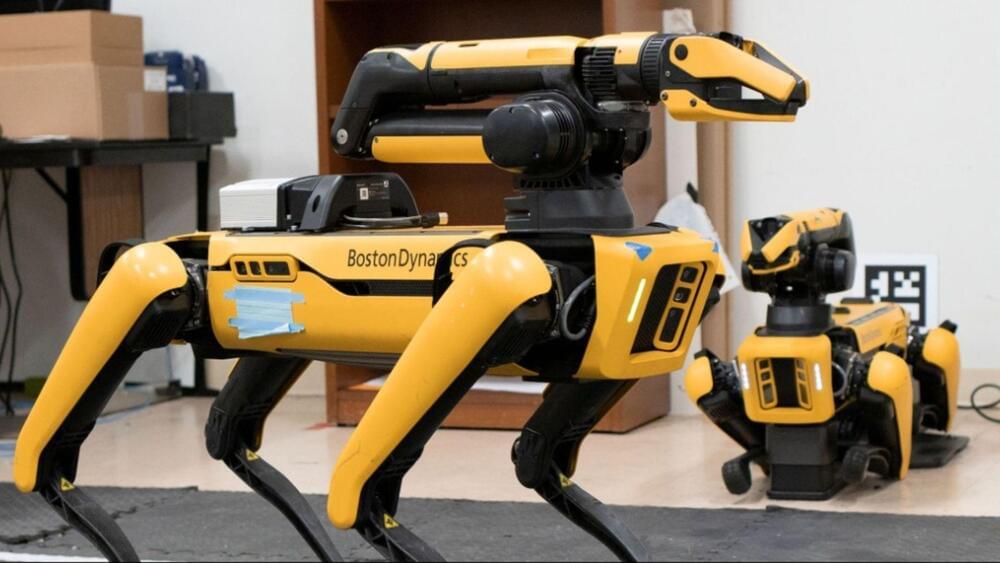GPT-4 Turbo, currently in preview, will be three times cheaper for developers. Plus, OpenAI says it will now protect customers against copyright lawsuits.
OpenAI announced more improvements to its large language models, GPT-4 and GPT-3.5, including updated knowledge bases and a much longer context window. The company says it will also follow Google and Microsoft’s lead and begin protecting customers against copyright lawsuits.
GPT-4 Turbo, currently available via an API preview, has been trained with information dating to April 2023, the company announced Monday at its first-ever developer conference. The earlier version of GPT-4 released in March only learned from data dated up to September… More.
OpenAI’s GPT-4 now has a cheaper and more powerful version.









